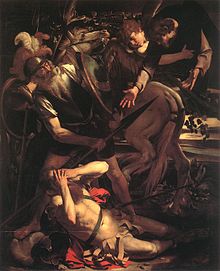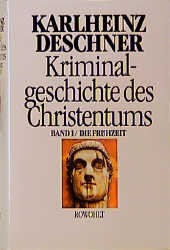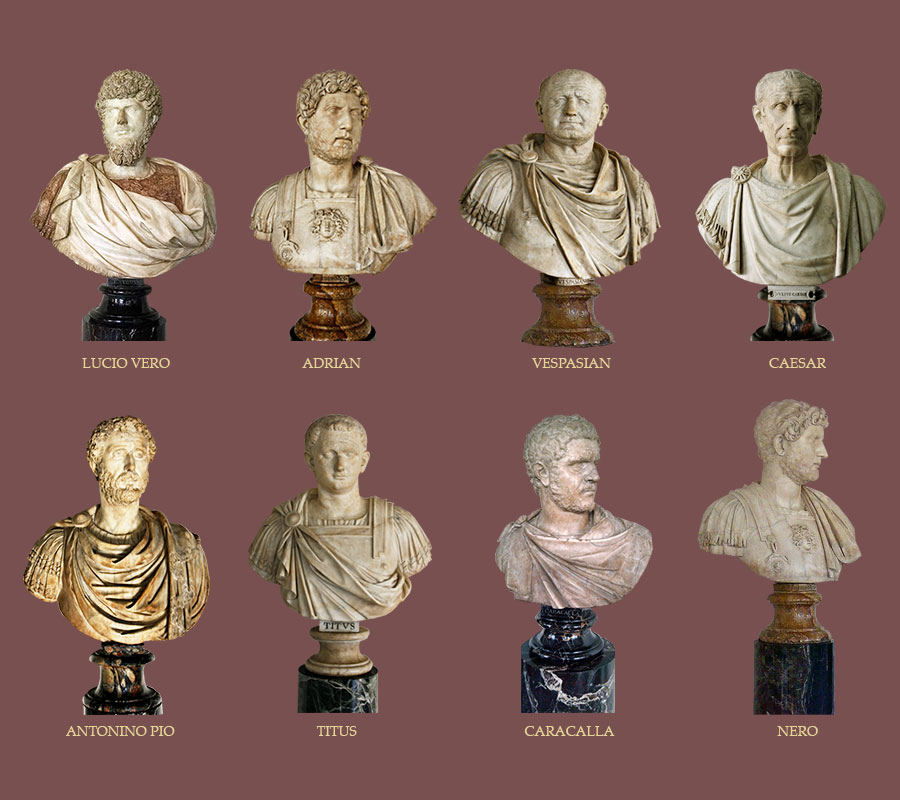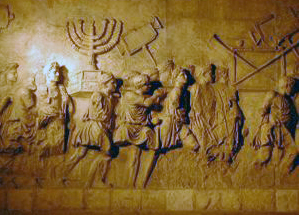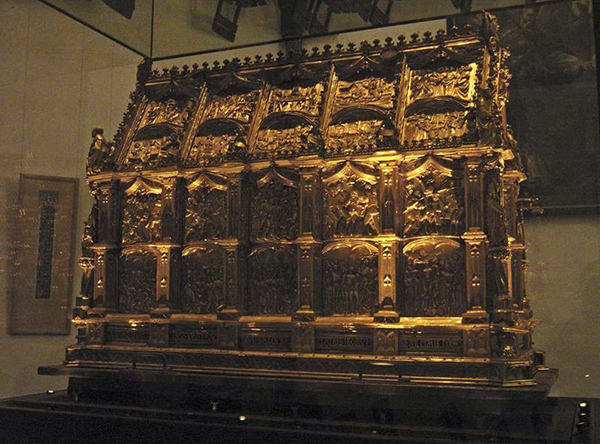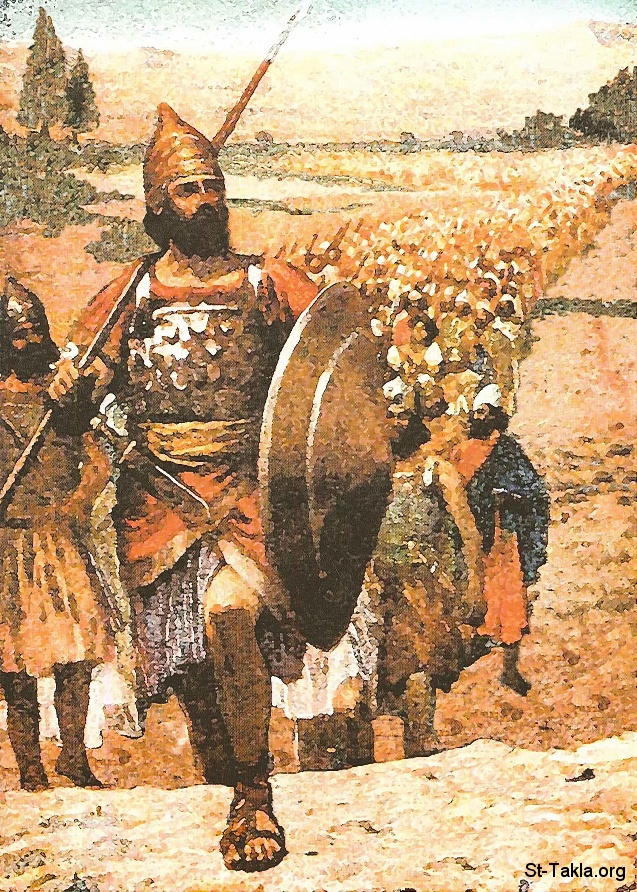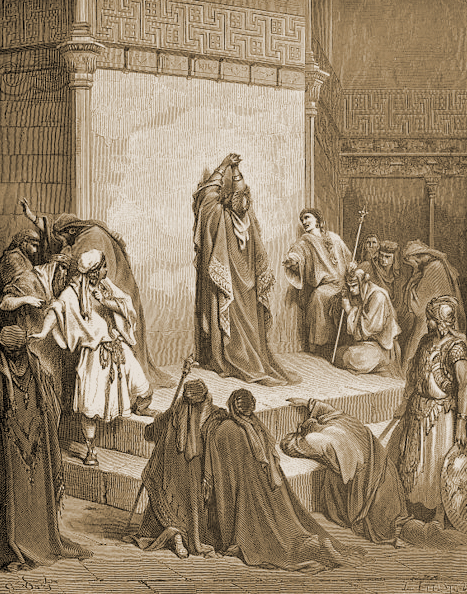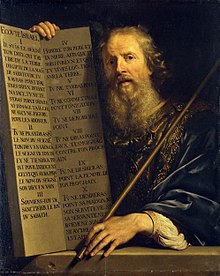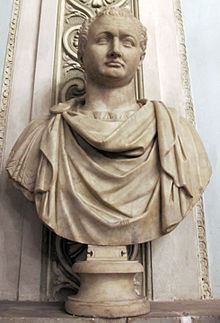
Below, translated excerpts from the first volume of Karlheinz
Deschner’s Kriminalgeschichte des Christentums
(“Criminal History of Christianity”)
The Jewish War (66-70)
The Zealots, a Jewish nationalist group originally constituted, undoubtedly, by a section of the Jerusalem clergy by the year 6, instigated that war as a reaction to the power of the Roman occupier. Despite the existence of notable differences between Zealots and Christians, many points of contact have also been observed. It is no coincidence that one of the apostles of Jesus, a certain Simon, is called in the Gospel of Luke “the Zealot” and in that of Matthew “the Canaanite”: which represents a simple transcription of the Aramaic qannai, “the exalted.”
Among the zealots, to whom current research attributes an important influence in the trajectory of Jesus, abounded apocalyptic rumours, as the oracle which said that, at that time, “one of his own would be king of the world.” Four lustrums before the outbreak of the Jewish war proper, they were already fighting against the Romans, but even more against certain antipatriot Jews.
Their enemies called them “Sicarius,” that means “those of the knife,” because they were armed with the “sica,” with which they stabbed on the back those who they did not like, especially some rich Jews who for reasons of interest agreed with the Romans. It is said (by Eusebius, Church historian) that one of their first victims had been “the high priest Jonathas.”
They committed their murders in full day and in the middle of the city; they took advantage of the festive days to be confused in the agglomerations, and stabbed their enemies with small daggers that were hidden under the tunics. When the victim fell, the murderers added to the commotion and exclamations of consternation, and thanks to this cold blood they were almost never discovered.
Josephus, who in the middle of the war changed sides and favoured the Romans, calls the zealots assassins and bandits, but he does not forget to mention that “they had many supporters, especially among the youth.”
In extremist circles the insurrection against Rome was publicly incited. They read preferably the two books of the Maccabees (whose definitive inclusion in the Sacred Scriptures, let us recall in passing, dates from the Council of Trent; that is, from the sixteenth century), to exalt themselves with those “heroic actions.” They hoped to be able to re-edit before the Romans, with the Lord’s help, the triumphs won against the Greeks. In this way the Bellum ludaicum (66-70) was finally produced: a bloody adventure in which the Romans were forced to throw them out militarily.
The revolt, so pleasing to the eyes of the Lord, led first by Eleazar ben Simon, the son of a priest as well as by Zechariah ben Phalec, then continued by John of Giscala, began at a well chosen time on a Sabbath with the slaughter of the few Roman guards on the Antonia tower in Jerusalem and the powerful fortifications of the royal palace. Before surrendering to the garrison, they promised that they would not kill anyone; then they only pardoned an officer who agreed to be circumcised. (Later Christians would also forgive the Jews who accepted conversion.)
In the Greek cities of the region, Damascus, Caesarea, Ashkelon, Scythopolis, Hippos and Gadara the Hellenes organized in turn a slaughter of Jews: 10,500 or 18,000 only in Damascus, according to an account. At the same time the insurgent Jews, stimulated by the ardour of their faith and by the great memories of the exploits of the Maccabees, were cleansing up all minorities in Judea.
The Romans began to march, first under the orders of the governor of Syria, Cestius Gallus. Nero then sent one of his best generals, the former mule dealer Titus Flavius Vespasianus, whose first military operations were extremely cautious. He found himself in a politically sensitive situation due to the death of Nero and the fall of Galba.
But by the summer of the year 68 they controlled almost all of Palestine; among other things, he ordered the burning of the hermitage of Qumran, on the shores of the Dead Sea, whose important library, which the monks had hidden shortly before in the mountain caves, was not discovered until the middle of the 20th century.
He also decimated the Samaritans, who had taken part in the Jewish insurrection. Cerealis made with 11,600 of them a hecatomb in Mount Gerizim. Meanwhile, in Jerusalem, a city of “sad fame” according to Tacitus, to which Vespasian already had in siege, the children of God divided into two parties fought each other; they even came to form a third faction that fought against the other two in the Temple.
The Temple, with its surroundings, was a true fortress, turned into redoubt of the zealots… that continued celebrating the rites even under the siege! While the masses, deprived of provisions, starved to death, the Jews stabbed each other in street fights, or killed the prisoners in the dungeons, while continuing to make common cause against the Romans. These, for their part, also used to pass the prisoners by knife or crucified them. Vespasian had to leave for Rome, since his troops had proclaimed him emperor.
But two years later, in early September 70, his son Titus ended the insurrection with a bloodbath: previously, being in the Caesarean Palestine, in Berytus (Beirut) and elsewhere, he had ordered to throw thousands of imprisoned Jews to the circus beasts, or forced them to kill each other in duels, or burned them alive. The few survivors of Jerusalem, reduced to a single heap of ruins, were stabbed or sold as slaves.
The Temple burned to the foundations, with all its possessions treasured for six centuries, on the anniversary of the destruction of the first one. The struggle continued for several more years in several isolated fortresses, such as Herodion Hill, Machaerus and Masada, until the defenders committed suicide along with their wives and children.
In the year 71, the victor entered triumphantly in Rome, where still today can be seen the Arch of Titus in memory of the feat…
The massacre had cost hundreds of thousands of lives. Jerusalem was devastated as once were Carthage and Corinth, and the country incorporated into the dominions of the emperor. Overwhelming taxes were imposed on the vanquished, until the fifth of the first harvests, and to a greater calamity, the country suffered the plague of bandits. Religious life, on the other hand, and how could it be otherwise, flourished.
Neither in Palestine nor anywhere the Jew was forbidden to practice his religion: “For prudence they abstained from declaring war on the Jewish faith as such” (Mommsen). But there was still ahead a major defeat, a few decades later, as a result of the second attempt of a “last war of God.”
